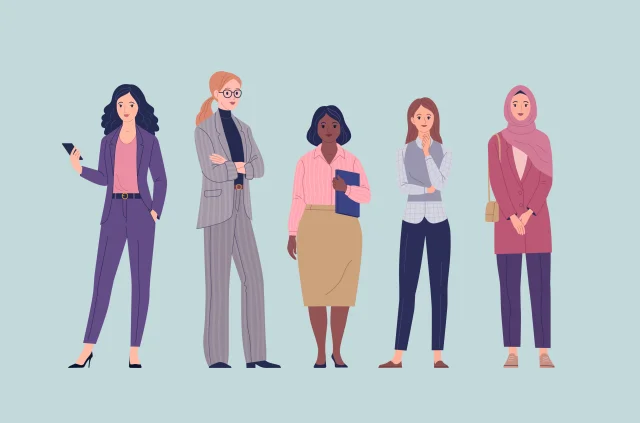Tag: baby boomers

If a 65-year-old signs up for a Medigap policy but decides a year or two later that the premiums are too high, the new retiree can easily switch to an Advantage policy with a low premium. But if, after starting retirement with Advantage, he wants to switch to a more flexible Medigap policy, he could…

In a new survey asking retirees what surprised them about being retired, the big winner – for 43 percent – was how much they’re enjoying it. The rest of the survey indicates that the freedom that comes with leaving the labor force often serves to leaven the considerable sacrifices some have to make for financia…











